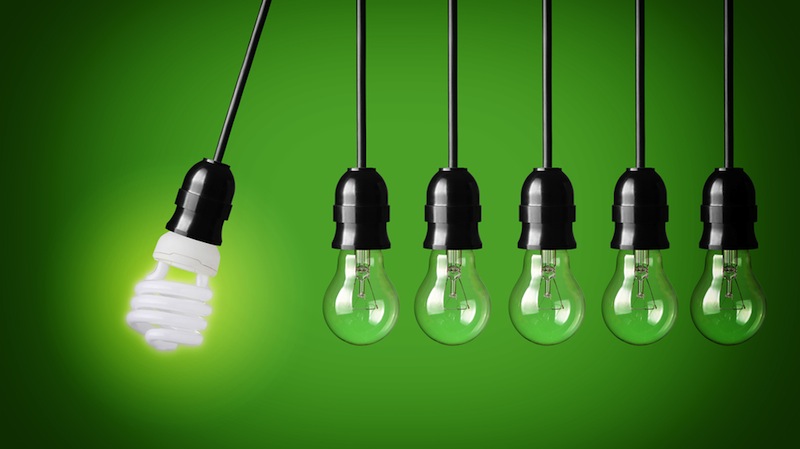Seattle vs. Boston: Who Wins the 'Energy Bowl'?

This article was updated at 11:05 a.m. ET on Feb. 2.
The Seattle Seahawks and the New England Patriots will face each other on the gridiron for Super Bowl supremacy Sunday (Feb. 1). But sorry, Seattle — you've already been declared losers in the realm of energy efficiency.
It was a close call, said Opower, a company that provides software to the utilities industry and that conducted the contest. The company compared energy usage in Boston, Seattle, their respective states and even their respective stadiums to award a title that quarterback Tom Brady didn't even know he was fighting for.
Seattle and Washington state put up a strong front. The Seahawk's home, CenturyLink Field, gets 30 percent of its energy from solar panels, despite Seattle's famously cloudy weather. Publically owned Seattle City Light has been carbon-neutral since 2005, making it the first carbon-neutral utility in the nation. [In Photos: NFL Stadiums That Have Hosted the Super Bowl]
Seattle is also ranked as the fifth-most-energy-efficient city in the nation by the American Council for an Energy Efficient Economy (ACEEE), according to the city government.
Opower also compared both state's wind power (here, Washington won handily, with 2,808 megawatts installed compared to Massachusetts' 107 megawatts), total electric vehicle charging stations (1,481 in Washington vs. 740 in Massachusetts) and number of clean-energy patents granted per state between 2002 and 2013 (30.7 per million people in Washington vs. 42.7 per million people in Massachusetts).
Ultimately, though, the Patriots pulled ahead of the Seahawks, particularly for Massachusetts' utilities' perfect score in energy efficiency in 2014, as determined by the ACEEE. Massachusetts is also working to reduce electricity use by 2.6 percent each year, eclipsing Washington's goal of a 1.5 percent annual reduction. Plus, the ACEEE has given Massachusetts top marks as the most energy-efficient state for four years in a row.
Get the world’s most fascinating discoveries delivered straight to your inbox.
Strangely enough, watching the Super Bowl this weekend could be considered a "green" act. In 2013, Opower found that residential electricity usage drops to about 5 percent below normal during the big game. That counterbalances, by more than three times, the electricity sucked down by glowing television screens showing the game, according to Opower.
But why might the Super Bowl save electricity? Most likely, the company reported, people tune into the game in lieu of running vacuums, dishwashers and other appliances they may use as part of their typical Sunday chores. People also tend to gather together in bars or at each other's homes, leaving their own homes vacant, with lights off and TV quiet.
Editor's Note: This story was updated to correct the spelling of Opower.
Follow Stephanie Pappas on Twitter and Google+. Follow us @livescience, Facebook & Google+. Original article on Live Science.

Stephanie Pappas is a contributing writer for Live Science, covering topics ranging from geoscience to archaeology to the human brain and behavior. She was previously a senior writer for Live Science but is now a freelancer based in Denver, Colorado, and regularly contributes to Scientific American and The Monitor, the monthly magazine of the American Psychological Association. Stephanie received a bachelor's degree in psychology from the University of South Carolina and a graduate certificate in science communication from the University of California, Santa Cruz.


